IT’S RED BUT IS IT “DELICIOUS?”
Tasty Origins
As I was about to chomp down on the apple I had just plucked off the tree, I also was about to sink my teeth into over one-hundred and twenty-five years of history. You see this was no ordinary apple, but a Red Delicious apple. Nothing special about Red Delicious, you think — yes, it has been among the leading commercial apple varieties in the world, surpassed about twenty-five years ago by Gala. Ah, but the particular Red Delicious apple in my hand was the original Red Delicious, THE Red Delicious.
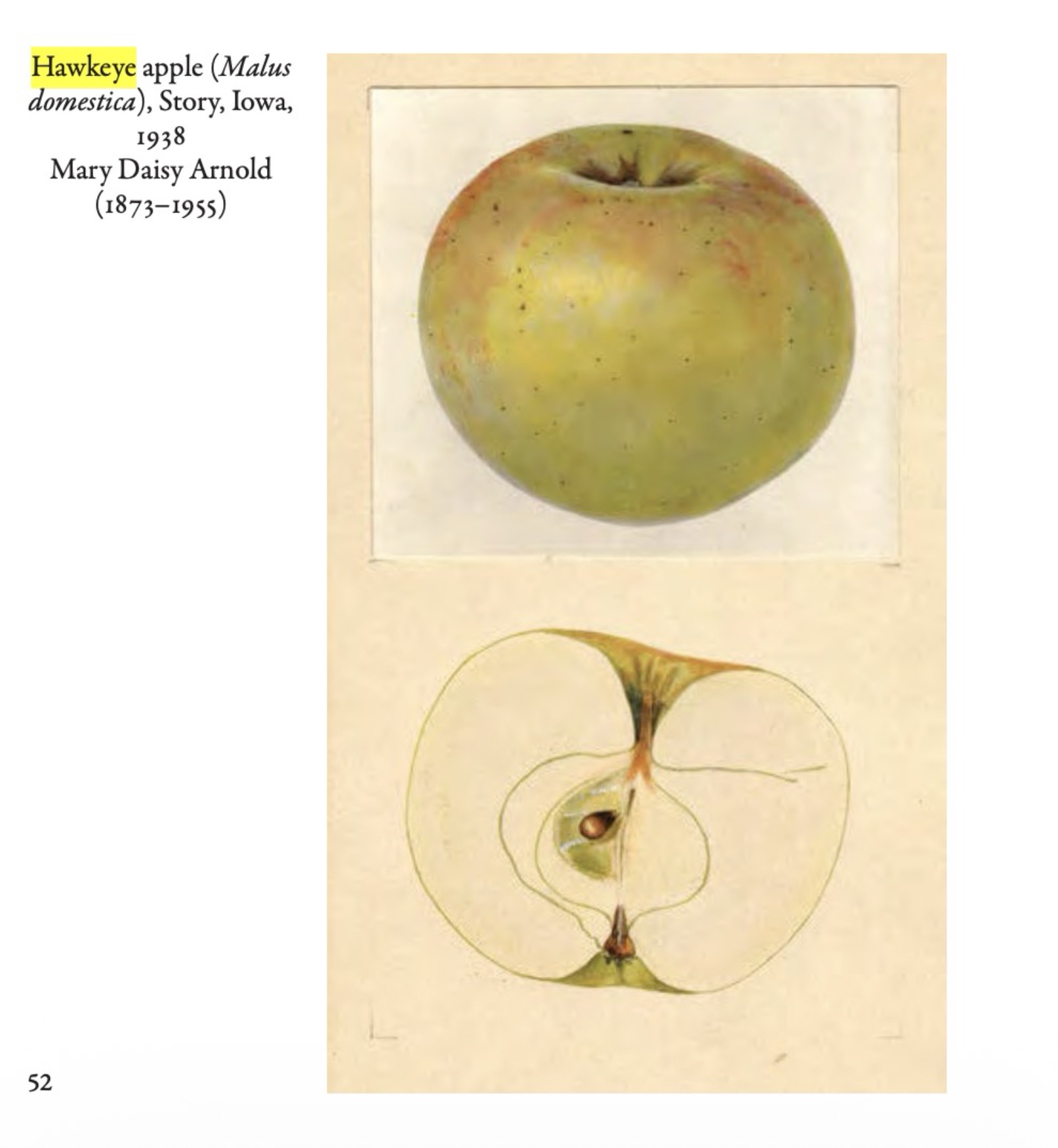
Hawkeye, the original Red Delicious; page from my book “Fruit: From the USDA Pomological Watercolor Collection“
Let’s backtrack a minute to the origin of this particular apple which, incidentally, you’re not apt to be able to reach for on a grocer’s shelf anywhere these days. The year was 1872. The place was Peru — Peru, Iowa.
Here we are at the farm of Jesse Hiatt, and here’s an apple tree, one that sprouted from some seed dropped here by chance. Previously, Jesse had cut the tree down, but this seedling had not been so ready to forsake fame, and had sent forth a new shoot from its still-living roots. Second time around, Jesse allows the tree to grow and now bear fruit. And this time Jesse tastes the fruit, and evidently likes it enough to promote it as a new variety, which he gives the name Hawkeye.
Eye Appeal
Let’s move a couple of decades forward, to 1893, when Stark Brothers Nursery sponsors a contest for new apples. Jesse enters his Hawkeye. It was well-received. Clarence Stark declared it “delicious.” Fate again almost cut short this apple’s career when the slip of paper identifying who had sent the fruit was lost.
Fortunately, Jesse re-entered the fruit in the following year’s contest, Stark Brothers bought rights to propagate the tree, attached the name Delicious, and the rest is history. That was before the era of plant patents so, to protect their investment, Stark Brothers also erected a cage around Jesse’s tree to prevent any unauthorized persons from snipping off branches to graft and make into new trees.
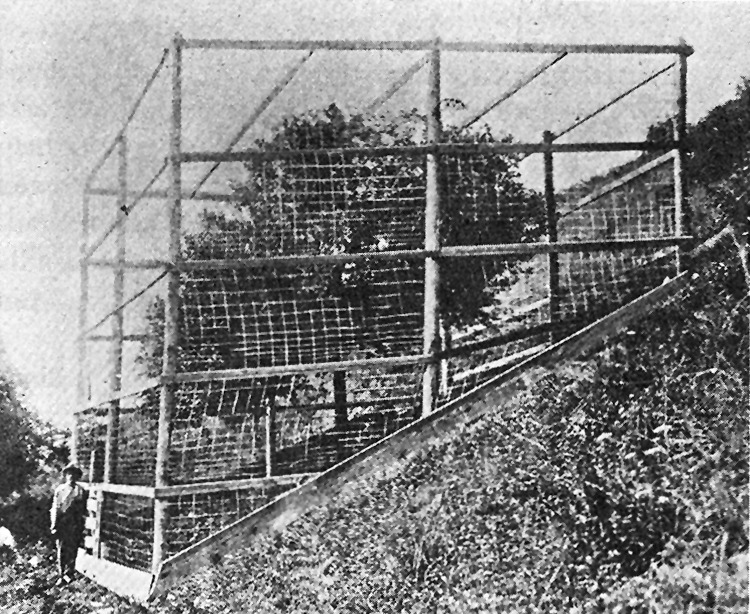
Caged original Red Delicious tree
(In 1905, Mullins’ Yellow Seedling, seedling originating in the hills os West Virginia, was bought by Stark Brothers Nursery. The latter variety was renamed Golden Delicious and then, for clarity, the old Hawkeye was renamed Red Delicous.)
The fruit that made Clarence Stark’s mouth water was not exactly the same as the Red Delicious fruits on today’s grocer’s shelves. That original Delicious was nowhere near as pointy in shape as today’s Delicious, with a blushed, yellow skin. Nothing like the fully and rich red color of today’s Relicious apples.
Those cosmetic transformations came about through occasional, spontaneous mutations, called “sports,” that occurred here and there over the years in the buds of Red Delicious trees. Red Delicious is particularly prone to such transformations, and when a shoot grows from such a bud, the whole resulting branch — and subsequent branches propagated from that one — carry on the change.
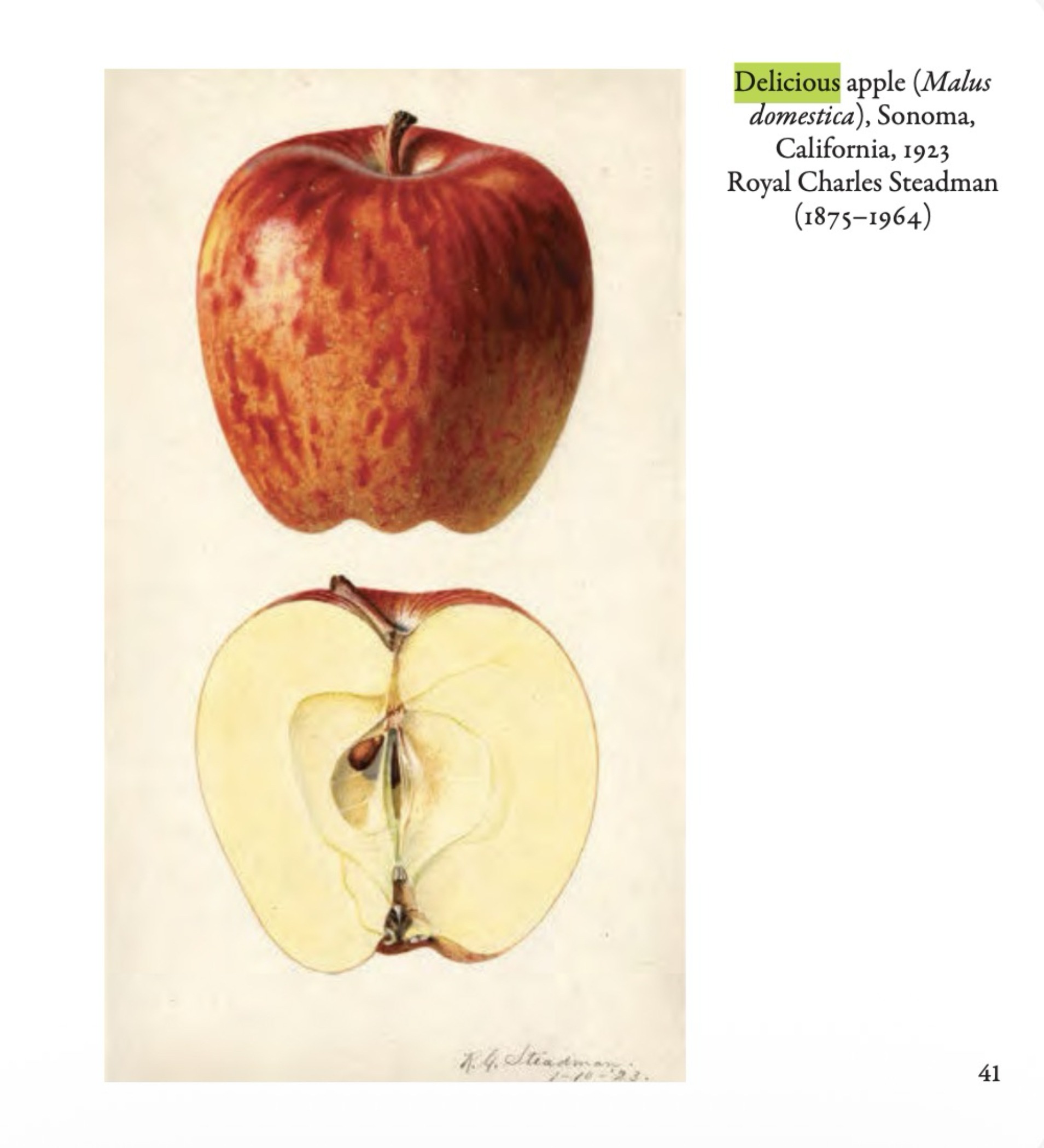
An early sport of Red Delicious; page from my book “Fruit: From the USDA Pomological Watercolor Collection“

A later sport of Red Delicious; page from my book “Fruit: From the USDA Pomological Watercolor Collection“
On the theory that consumers buy fruit with their eyes rather than their palate, and that redder is better, branches bearing redder fruit were the ones that were used to propagate new trees. Also propagated were branches bearing more elongated fruits, deemed to be more appealing in the market because they had more Red Delicious-ness, in appearance. These changes led to various strains of Red Delicious. The original one was called Starking, then came Ruby Red, Royal Red, Top Red, Starkrimson, and numerous others.
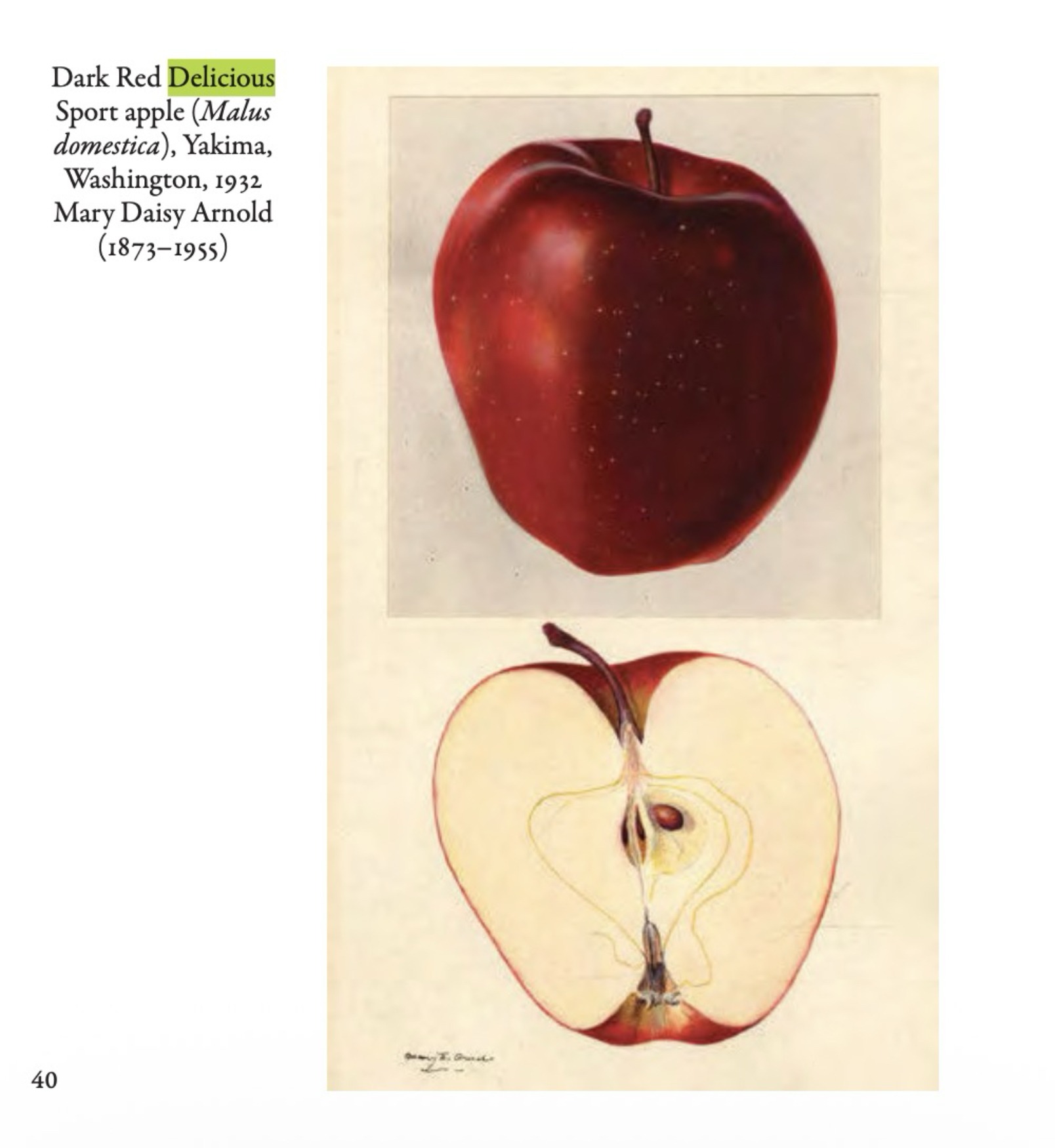
An even later sport, but not the latest, of Red Delicious; page from my book “Fruit: From the USDA Pomological Watercolor Collection“
Those same mutations that influenced color and shape also were associated with subtle changes in flavor. In the case of Red Delicious, most people agree that those changes were not for the better. What’s more, the skins of some of those strains color up as much as two weeks before harvest, which could result in some pretty bad tasting apples if some unscrupulous fruit grower was going to pick early and try to sell solely on eye appeal.
Back to Roots
Back to that apple into which I was about to bite: This tree was propagated (by me) from a branch of a branch of a branch, and so forth, of Hawkeye, the original Red Delicious, the same one that Clarence and Jesse liked so much. I prompted my daughter, not an apple lover, to take a bite. I figured that if any apple was going to tickle her taste buds, this had to be the one. It wasn’t.
Still I would rate Hawkeye, the original Red Delicious as quite a good apple. Not as good-tasting as some of my favorites, such as Hudson’s Golden Gem, Cox’s Orange Pippin, and Ashmead’s Kernel. But a lot better than the shiny, dark red, elongated Red Delicious apples usually found in markets these days.
Each to his own. Do you like Red Delicious apples?
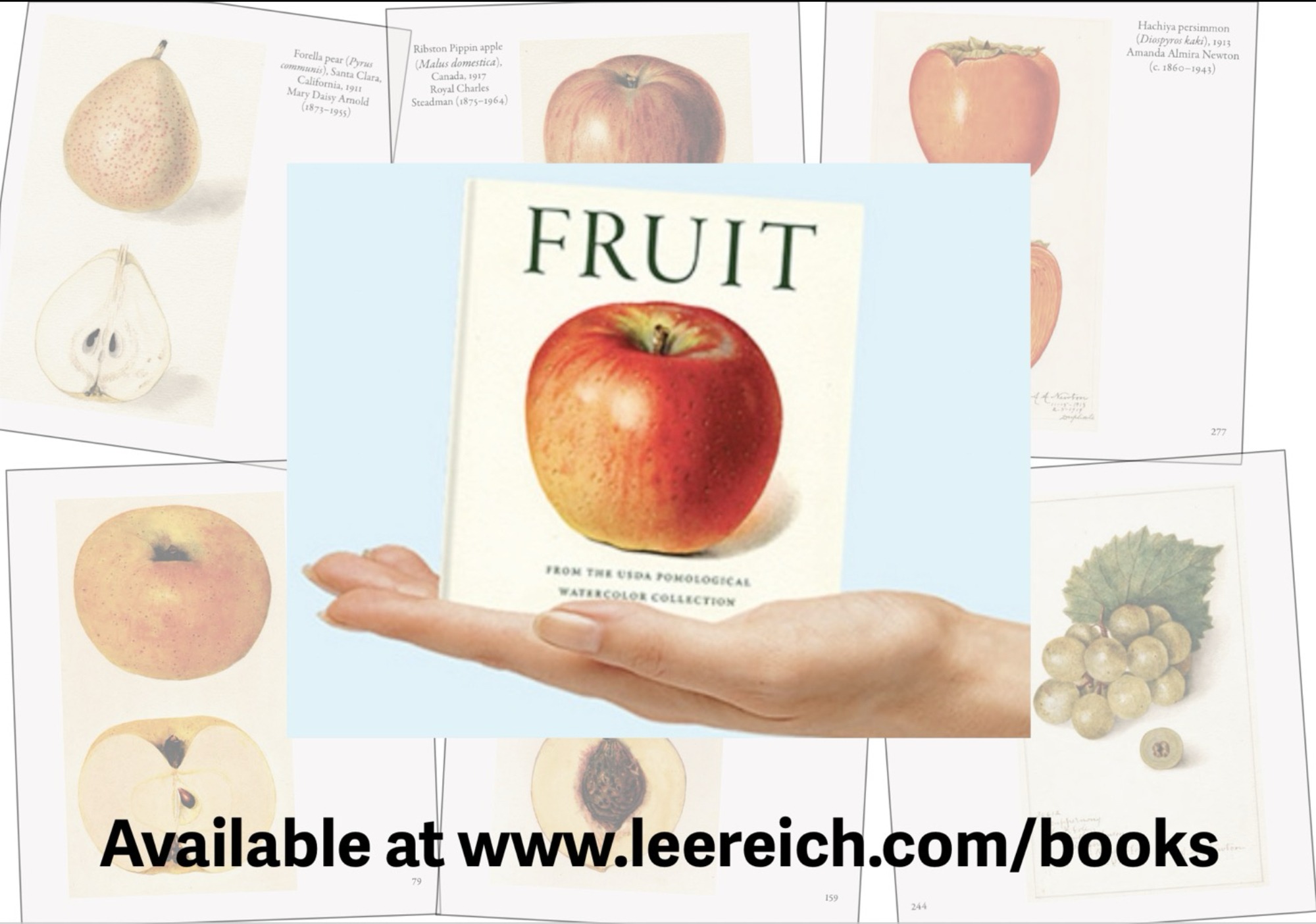
My “tiny folio” book of USDA watercolor illustrations painted between 1887 and 1942


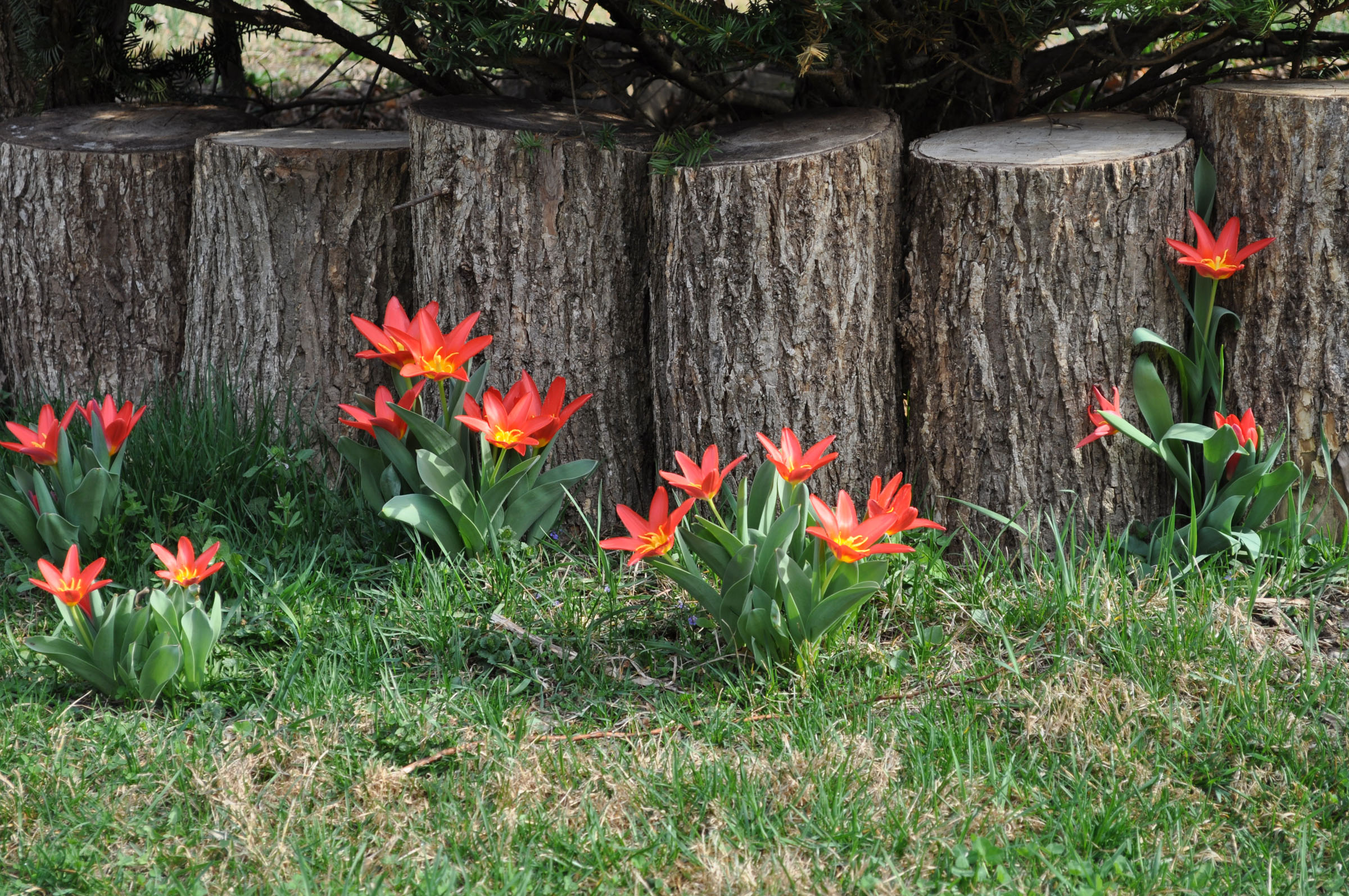
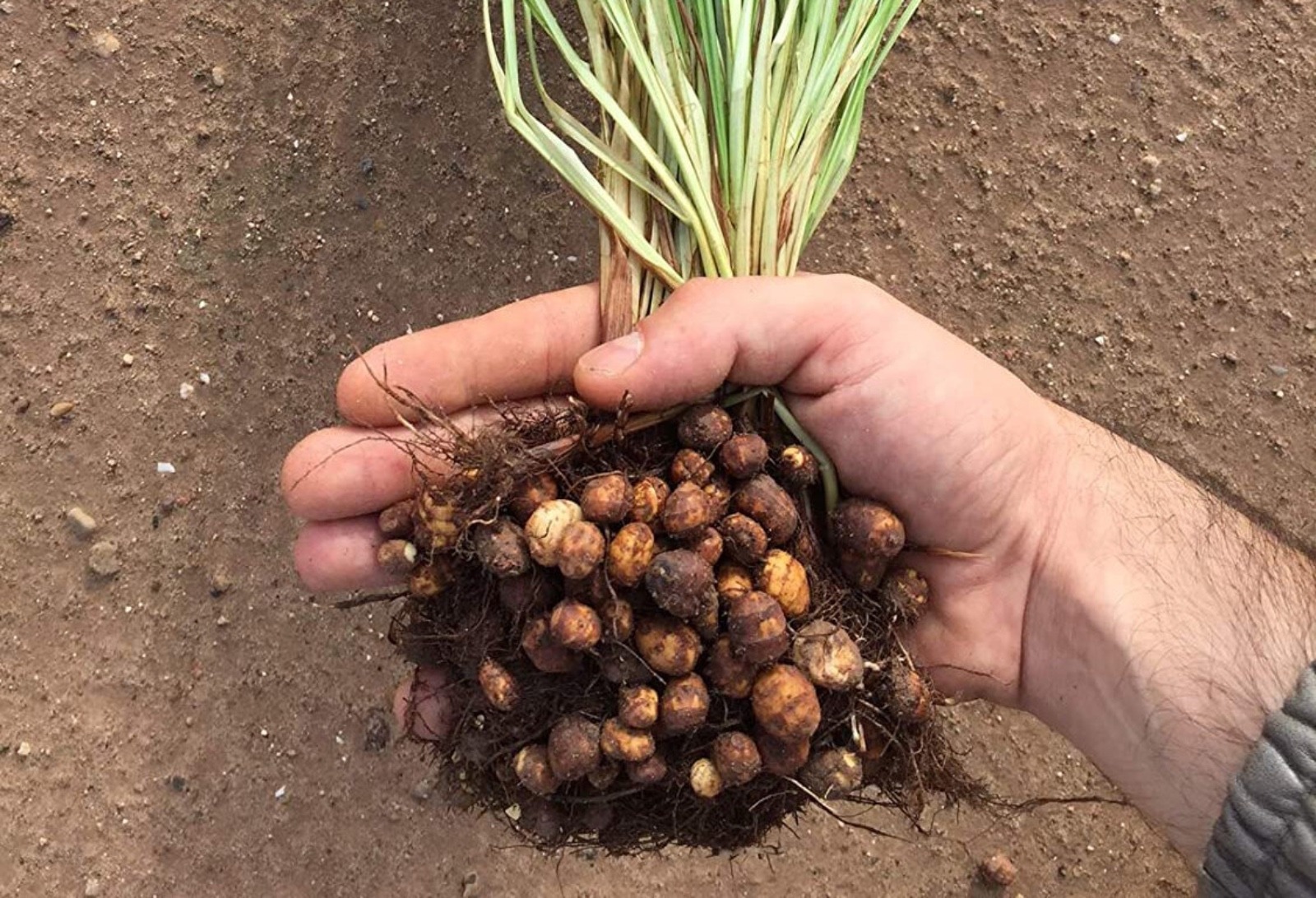
I personally find modern Red Delicious to lack a good balance of sweet and tart, which to me any good apple must have. Texture is often a crapshoot. Of course, there is a spectrum, from most tart to most sweet, which is why apples in general are so popular: you can get the apple you like. Gravenstein is my favorite apple; since it is not readily available in the market, having a very short season, we generally gravitate to Honeycrisp or Fuji for eating and Granny Smith (often in combination with a sweeter apple) for pies.
I have a stark bros. “ Red Delicious “ it’s a very good apple. I would love to try its original “Hawkeye “ just to compare.
I own your beautiful little book that you speak of it’s a wonderful coffee table book. The water colors are amazing. Your pictures speak for themselves. Well done.
As I wrote, “Each to his own.” I never even consider eating Red Delicious.
Glad you like my book.
I have all your books Mr Reich. I treasure them. In fact I’m reading your Fig book as I right this.
Be well and I truly appreciate you.
Tommy
Thanks.
I don’t care for red delicious those are the boring apples. My mom would buy. I like something a little sweet and a little tart like a sweet 16. I also like a sweet tango.
Great to hear mention of Cox’s Orange Pippin – we had one in our London backyard in 1945. Great spicey taste but it seemed prone to worm, a bit off-setting. Is it still available but with improved pest resistance? I’ve not seen its fruit on sale even in apple growing country, NY?
As far as I know, no apples are bred for insect pest resistance. The reason is that insects are more cosmopolitan in their tastes. Not so for diseases. I picked some here in Ulster County last week, at Wightman Farm in Kerhonkson.
My red delicious apple taste nothing like the water down one that you would buy at the market. But I’m sure it tastes nothing like a true Hawkeye. With that said unless you worked for Cornell university and the USDA how would you have a chance at tasting let alone owning a true Hawkeye tree?
I would try a fruit enthusiast group on the wed, such as North American Fruit Explorers. I’ve been a member for about 40 years!
I love these fruit “origin” stories you tell. I hope you keep it up. And I don’t like red delicious apples—maybe I’ve never had a good one but they always seem to be on the edge of mealy and tasteless.
I’m always afraid of boring people with those fruit stories. Good to hear that someone likes them. I’ll keep that in mind for future posts.
I agree with those who regard today’s red Delicious apple as – meh! I remember a friend’s sad tale of waiting for fruit on an apple tree that she nurtured for years. But to her great dissapointment after the first apple, it was her least favorite kind – Delicious.
Bummer. I once waited a few years for my Green Gage plum to bear. Finally, they did. The fruit was excellent — but not Green Gage!
I enjoyed red delicious fresh from the tree, growing up in my dad’s apple orchard. I can’t tolerate red delicious from any store—no flavor. My favorite variety is Stayman’s Winesap freshly picked!
It could be any one of a number of RD sports and you evidently waited to harvest them until they were ripe.
Personally, I don’t like Red Delicious apples. I prefer Cortland for the flavour and texture.
Thank you so much for sharing this post. Warm greetings from a retired lady living in Montreal, Canada.
I’m also a fan of Cortland.
I got the book for my wife for Christmas. I may have ended up reading it first. Mutsu apples are my favorite, but they are a rarity for me.
Apples are so varied in flavor. It’s nice to find an orchrd with a good selection. I was lucky. I found one. I consider Mutsu very good at its best. But I like many others even more.